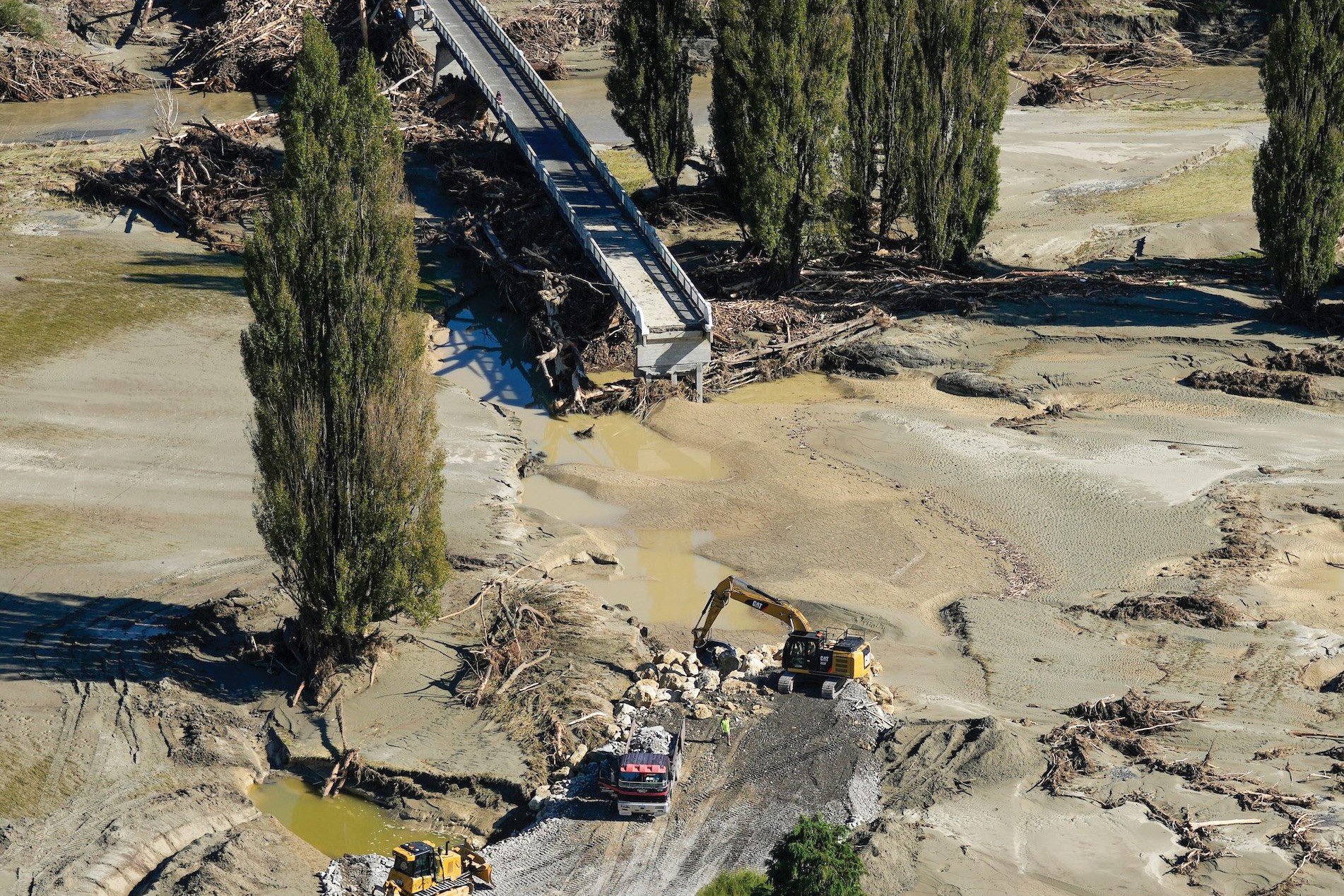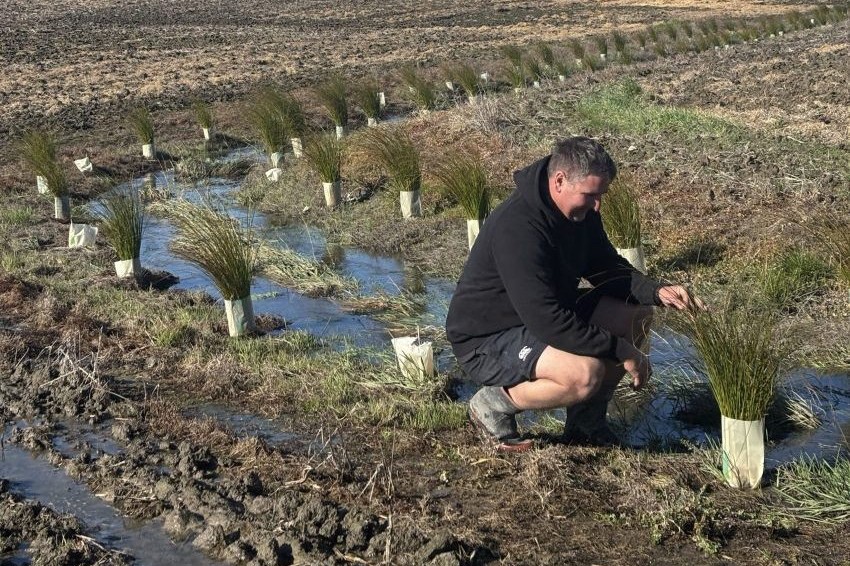The power of nature
Peter Arthur writes we can learn from previous weather events and has ideas for land use after the flood.

One thing I don’t like doing is writing about things I don’t really know about, so this is an opinion piece not based on hands-on experience.
In 1989, the year after Cyclone Bola, the New Zealand Farm Forestry conference was held in Gisborne. The conference delegates travelled around the district to look at some of the damage including the huge Tarndale slip.
During a discussion afterwards I was howled down for saying the fertile Gisborne flats had been built up with soil washed down from the horrible, steep, eroding high country and it was better, in the long run, to let the erosion continue.
My comments were, understandably, not well received and masses of pines were planted. The result has been a mixture of not just silt, but silt and pine slash.
In 2002 Hastings Pak’nSave put in an underground car park. About 10 metres down, after digging through various layers of shingle and silt, they hit prostrate tree trunks, mostly totara and kahikatea. The area has a history of flooding.
The Esk Valley’s last major flood was in 1938 when it was mostly pastoral land. It recovered to become highly productive with grapes, orchards and horticultural crops. After Gabrielle they have all gone, but with time will recover.
The Ngaruroro and Tutaekuri rivers, the cause of so much damage, both have a total of 26km of stop banks, which have been raised several times but were breached or over-topped in 30 places by Cyclone Gabrielle. The Hawke’s Bay Regional Council plans to raise them even more to cope with a 500-year flood event. Trouble is, the bridges will also have to be raised.
In 1934 Sir Francis Chichester, the round the world sailor, planted a pine forest in the Marlborough Sounds. His idea was that the resulting logs could be dropped downhill, straight into the sea and loaded from there directly on to a ship.
In 1934 pleasure boats were slow- moving sluggish things, but by the time Chichester’s forest was due for harvest, speed boats had become very common and to prevent them having accidents with logs in the water, the rules were changed. The logs had to be winched to the top of the hills, using skyline haulers and then trucked out on rather expensive roads. No slash was allowed to get into the sea.
Cutting the slash
With mobile chippers and compact container-sized equipment, the slash can be processed on the skid site. The slash problem is solvable and probably rather expensive to do, but possibly much cheaper than the cost of clearing it off the fertile flats, off the beaches and out of the smashed up houses. Scion was doing research on turning wood waste into biofuel but the Government has recently stopped funding that.
In my 75 years here, I have never seen the farm so wet and it was wet well before the two cyclones. I think the damage is a bit worse than Bola. About 15 years ago Martin, who runs the farm, and his family spent a couple of days planting poplar poles on the steeper faces, and apart from one tree falling over, there is virtually no slipping where the trees are.
I have a stand of nine-year-old pines and one slope, about 50 metres across and 100m deep, the whole lot, from top to bottom, has slid down the hill. Another steep face, with manuka, kanuka, oaks and pines has slithered downhill on top of a rather large $5000 culvert. The face is papa, which nothing much can get its roots into.
We didn’t get the wind that caused much tree damage around Hastings and devastated 4000ha of pine forest in the Turangi-Taupo area. Many of the Hawke’s Bay forestry crews are up there salvaging as much as they can. Due to access problems, logging has stopped in most of the local forests. The equinoctial gales normally start about now in this part of the world and this will cause lots more trees to blow over, the ground being so wet.
Ideas for getting through
Aerial photos of some of the steeper Hawke’s Bay sheep and beef country seem to show more slips than pasture and the stocking rate will need to be halved for the next five years. The cost of re-fencing, clearing tracks and fixing bridges and culverts is going to be huge.
I would fence off a manageable area and start planting poplar cuttings for carbon credits. All you need is 50 to 60 trees a hectare and once they are five metres tall you are eligible for carbon credits. Though I have pre-1989 carbon credits, I have no idea how the system works.
In five years time you will be able to run stock amongst the trees, and in drought years feed the prunings to livestock. I would also be planting acorns and walnuts, using a long-handled spike to make a hole in which to drop each seed, some of which will grow. For inspiration read the little book, “The Man Who Planted Trees” by Jean Giono.
Finally, all trees drop branches, and if not logged, will eventually die causing another debris problem for the next generation.
Our native bush and forests are under threat from the exploding population of goats, deer and wild pigs that are destroying the seedling undergrowth, essential for replacing the big trees when they die.
Geologically, NZ is a young country with the mountains and higher country slowly eroding to build up the fertile plains. We cannot beat the power of nature. Look at the weather with its floods, droughts, blizzards, heat waves and tornados, then add in tsunamis, earthquakes and volcanic eruptions, which we have absolutely no power to control. The only thing we can do is adapt to our ever-changing environment.




